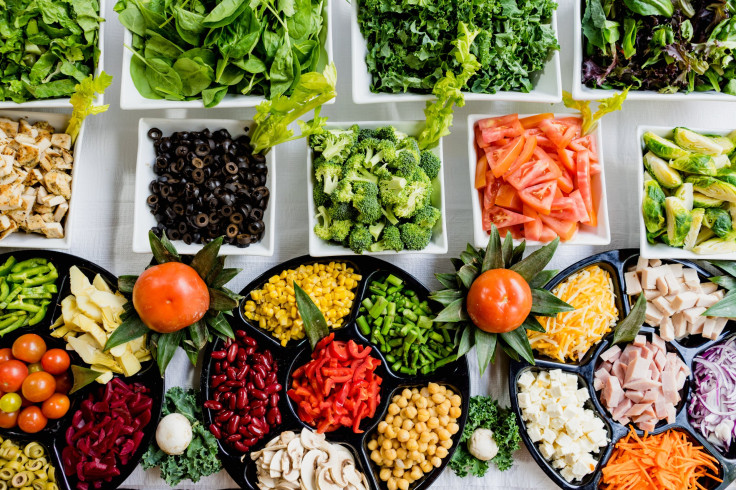
Food safety helps keep food at its freshest, reduces food waste, and prevents food poisoning. September is National Food Safety Education Month
and it's a great time to learn (and practice!) the basics to keep your food safe.
Step 1: Clean
- Wash all produce thoroughly under running
water
- Even if you do not plan to eat the skin, it is still important to wash produce
first so dirt and bacteria are not transferred from the surface when peeling or cutting produce.
Step 2: Separate
- Step 2
actually starts in your shopping cart! Keep produce separate from meat, poultry, seafood, and eggs in shopping carts and bags.
- When you get home, keep produce and other ready-to-eat foods in a separate area of the refrigerator from meat, poultry, seafood, and eggs.
Step 3: Cook
- Check the temperature! Make
sure food is cooked to a safe internal temperature before you eat it. Not sure what the correct temperature is? Here's a quick reminder:
Poultry
should be cooked to 165° F.
- Ground meat, meat mixtures, and egg dishes should
be cooked to 160° F.
- Beef, pork,
ham, should
be cooked to 145° F and allowed to rest for three minutes.
Fish a
nd seafood should be cooked to 145° F.
Step 4: Chill
- Refrigerate or freeze meat, poultry, eggs, seafood, and other perishables within 2 hours of purchasing or cooking (or 1 hour if kept in air temperatures above 90° F).
- Never thaw food on your countertop! For defrosting, stick to using the fridge, immersing food in cold water or using cold running water, or thaw during cooking, such as thawing in the microwave and immediately cooking
© 2025 Latin Times. All rights reserved. Do not reproduce without permission.






